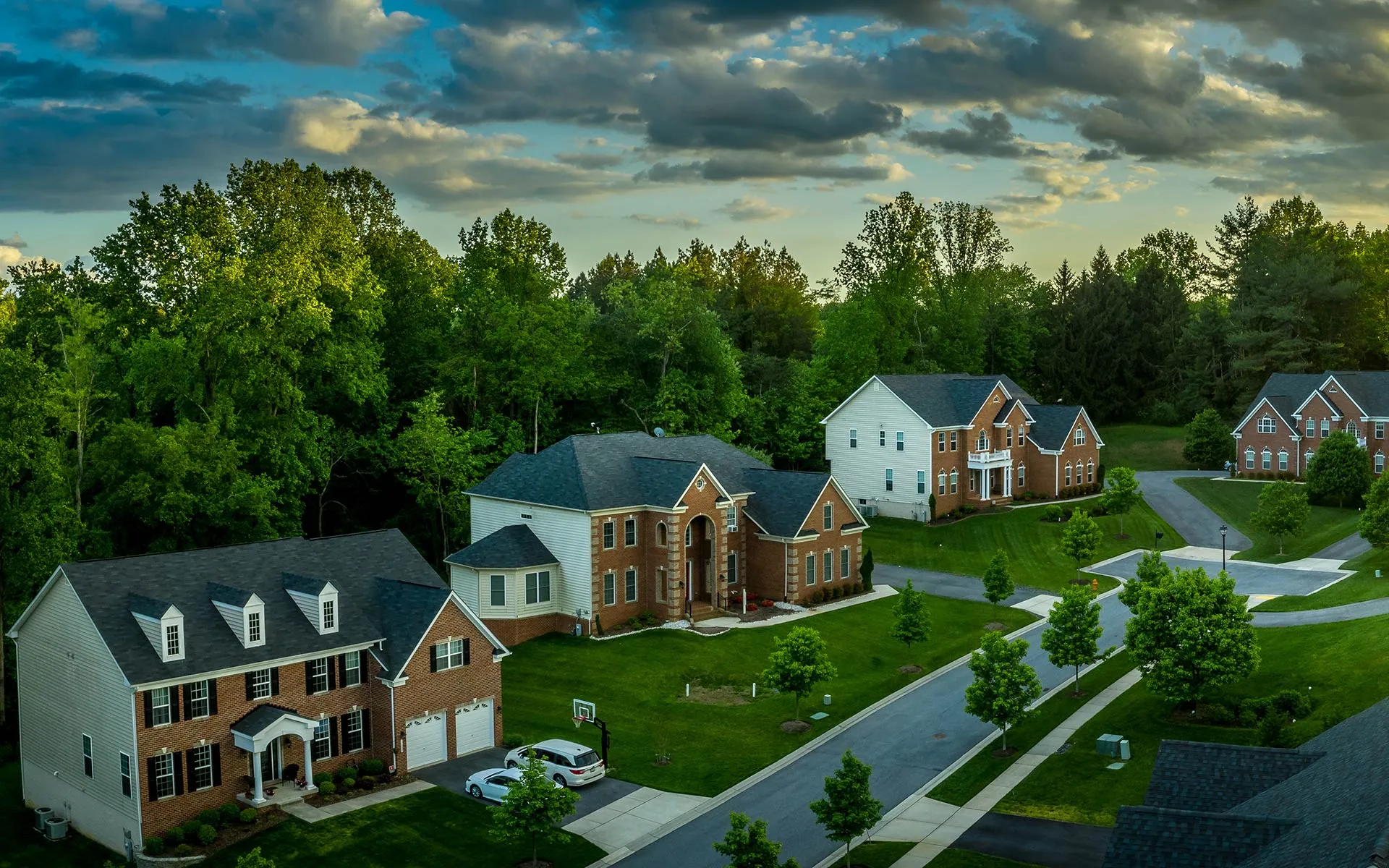Choosing the Best Windows for Different Climates
When selecting new windows, it’s important to consider the climate in which the home is located. Windows play a key role in energy efficiency, comfort, and durability, and the right choice can potentially help you save on energy costs while protecting your home from the elements. Whether dealing with extreme heat, cold, coastal moisture, or fluctuating temperatures, choosing the best windows for different climates ensures long-term performance and protection.
Windows for Hot and Sunny Weather
Homes in warm climates need windows that minimize heat transfer and protect interiors from prolonged sun exposure. Energy-efficient windows designed for these environments should have:
⦁ Low-E coatings – Low-emissivity coatings reflect infrared light, keeping interiors cooler while allowing natural light to pass through.
⦁ UV protection – UV-protective windows block harmful ultraviolet rays, preventing furniture, flooring, and artwork from fading over time.
⦁ Tinted or reflective glass – Windows with a slight tint can further reduce heat gain and glare, making them ideal for regions with intense sunlight.
⦁ Double- or triple-pane glass – Multiple panes of glass with insulating gas layers, such as argon or krypton, help reduce heat transfer.
Windows for Cold Climates
Cold regions require windows that retain indoor heat and prevent drafts. They should feature:
⦁ Multi-pane glass – Double- or triple-pane windows trap heat inside and block cold air from entering.
⦁ Gas-filled insulation – Argon or krypton gas between panes adds an extra layer of thermal resistance.
⦁ Thermally broken frames – Frames with a thermal break, such as those made of fiberglass or vinyl, minimize heat loss.
⦁ Low-E glass for cold climates – Colder regions benefit from low-E coatings that allow heat gain while still blocking UV rays.
Windows for Coastal Areas
Coastal homes face unique challenges, including high humidity, salt air exposure, and strong winds. Key features to look for include:
⦁ Impact-resistant glass – Hurricane-rated or impact-resistant windows can withstand storms and flying debris.
⦁ Corrosion-resistant frames – Vinyl, fiberglass, and aluminum with protective coatings resist salt air damage better than wood or untreated metal.
⦁ Weather seals – Tight seals help prevent moisture intrusion.
⦁ Laminated glass – This type of glass adds an extra layer of durability and helps reduce outside noise, which can be beneficial in windy coastal areas.
Windows for Regions With Fluctuating Temperatures
Some areas experience extreme seasonal changes, requiring windows that can adapt to hot summers and cold winters. The best windows for climate variations should provide insulation during colder months while blocking excess heat in warmer weather. Low-E coatings, gas-filled panes, and high-quality framing materials help regulate indoor temperatures year-round. Fiberglass windows are particularly well-suited for these climates, as they expand and contract minimally with temperature changes.
Get Expert Advice on the Best Windows for Your Home
Choosing the best windows for different climates requires considering factors such as insulation, UV protection, moisture resistance, and impact resistance. Custom Exteriors offers a selection of premium windows from Infinity from Marvin and Anlin, designed to withstand diverse climate conditions while enhancing energy efficiency and indoor comfort. Homeowners looking for expert guidance and professional installation can rely on our experienced team to help them find the perfect windows for their climate needs. Contact us today to learn more about our energy-efficient windows and schedule a consultation with our expert team.


